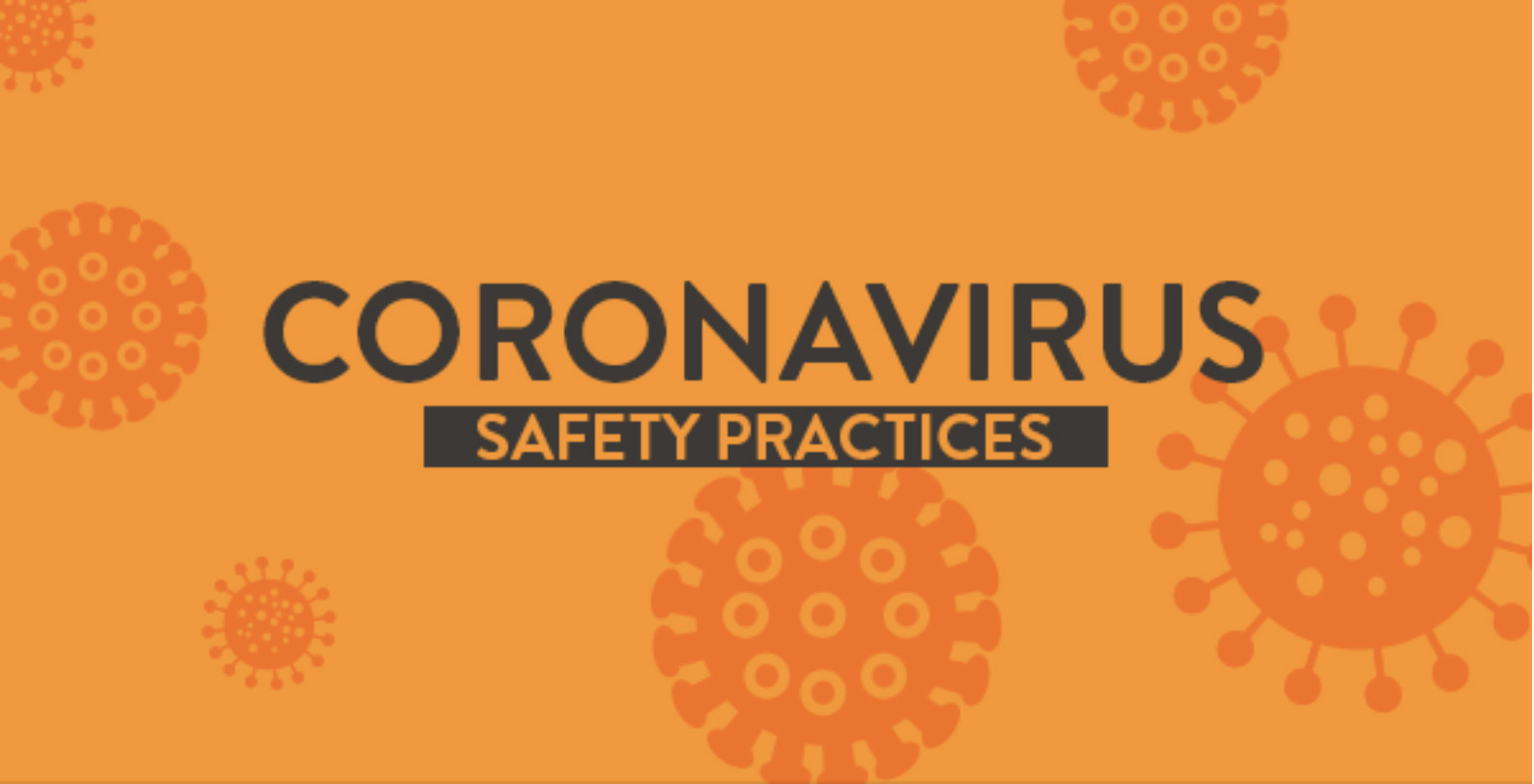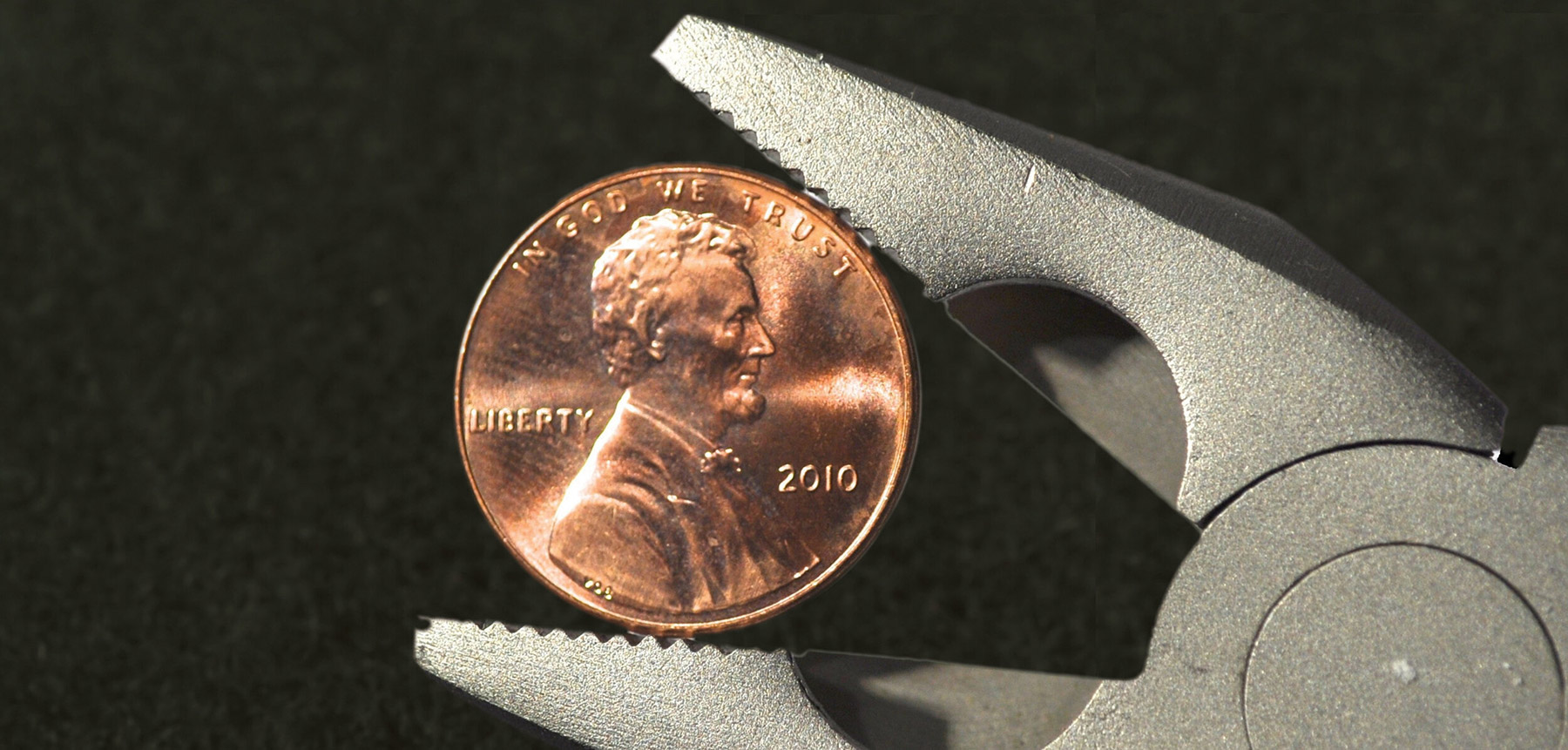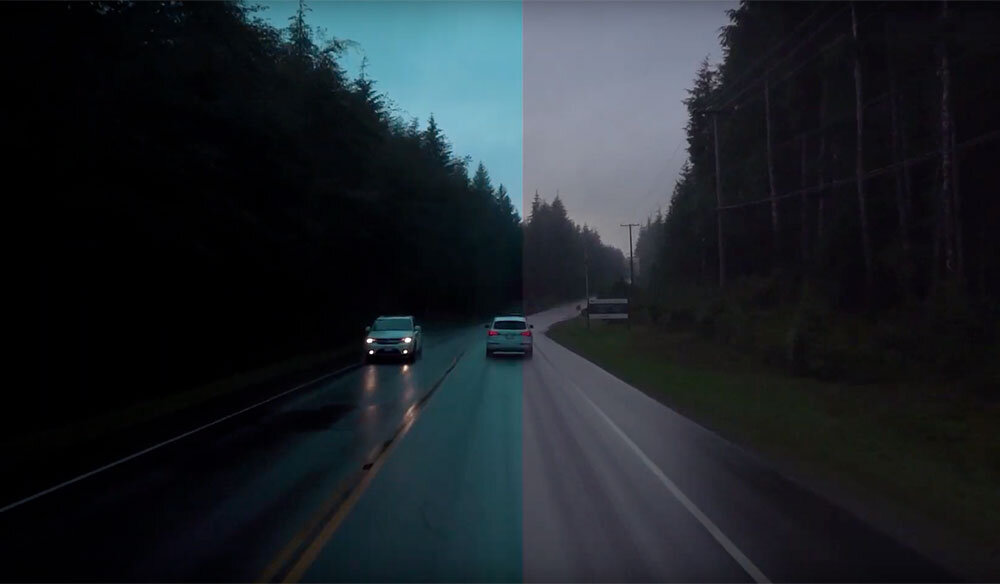For film and video production companies, the coronavirus pandemic (COVID-19) offers a lesson in the contagion risks facing workplaces that need close proximity and interaction to function. Social distancing is almost impossible when offloading equipment, setting up camera and sound gear, applying hair and make-up, or getting into a 12-passenger van to get to the next location. And careless sanitary conditions on set have long been one of the production industry’s dirtiest secrets.
The sad state of hygiene on set has largely been accepted as part of the job. But when productions started shutting down nationwide to slow the virus’ spread, a debate emerged on what a safe (and sanitary) set looked like. Until now, having hospital information on a call sheet and a Set Medic on bigger productions was often the only health and safety protocols in place. That’s not nearly enough.
At some point, production will ramp up again and when it does, COVID-19 protocols need to be put in place. Although extra preparation is required, establishing a hygienic working environment is both possible and easy to implement. Here are some basic protocols to follow.
Common Sense Hygiene
Although there’s lots of information circulating about the virus, it’s best to follow what the health authorities are reporting. The CDC and numerous state authorities have issued recommendations to help prevent the spread of any respiratory disease. The nature of the production industry suggests additional guidelines, including:
Determine is anyone can effectively work from home during prep, shoot or wrap.
Keep workspaces clean. Disinfect them daily. The CDC recommends using diluted household bleach solutions or alcohol solutions with at least 70% alcohol.
Limit specific areas of the set to essential crew and personnel.
Require frequent and thorough hand washing by all crew, without exception.
Maintain social distancing of no less than 6 feet whenever possible on set. Have crew wear masks when that’s not possible.
Respect 12-hour turn arounds for all departments so people can get enough sleep.
The Los Angeles County Department of Public Health has an excellent fact sheet on coronavirus that’s clear and concise. Attach it to call sheets and post on set.
On Set
Once on set, COVID-19 should be one of the first things talked about at your Safety Briefing. Stick to the facts, don’t offer opinion or spread rumors. Distribute a Health and Safety Protocol sheet to crew and place signs around the set explaining not to shake hands and to let the Producer know if you are feeling ill. Some commonsense measures include:
Have payroll, waivers and talent/location releases all done electronically with no paperwork exchanging hands on set.
Limit specific areas of the set to essential crew and personnel. Create policy of no Visitors on set.
Allow one department at a time to “step in, step out” of a set up, before the next department.
Provide masks, gloves, sanitizing wipes, tissues, and hand sanitizer in production spaces.
Place signage around restrooms and food services to wash hands and be clean.
Self-monitor for symptoms of COVID-19 and report to your department head if you are sick or experiencing signs. Stay home when you are sick.
Set Medic
The Set Medic is often the medical provider hired on larger productions and works as the first aid department head. They are an excellent resource to research protocols for safe filming and can also help in creating a Health and Safety protocol sheet for the production. Every state is a little different, but there are health and safety bulletins used throughout the industry.
Schedule a time at the Preproduction Meeting (or sooner) to have your Set Medic fully explain all health and safety protocols to cast and crew. Then empower them, and the Assistant Director, to enforce all rules (firmly but gently) on shoot days.
Wardrobe, Make Up and Hair
Taking certain precautions when applying makeup can keep everyone involved safe. Disinfect and sanitize any tools (tweezers, scissors, brushes, etc.) or products to make sure they are hygienic. Other tips:
Keep the number of people in makeup room/area to a bare minimum.
Work stations need to be cleaned between each user and distanced a minimum of 6 feet apart. Make-up chair and its handles should also be sanitized.
Before and after hair and make-up session, both talent and make-up artist are required to wash or sanitize their hands.
Applicators are not permitted to be reused on different people. This includes mascara and lipstick.
Ensure only wardrobe department touches clothing until it’s decided what the actor will actually try on.
Disinfect jewelry, glasses and accessories with sanitizer that will not cause damage.
All background extras, should wear their own clothes and dress from home. If that’s not possible, production should provide dressing facilities that allow for social distancing measures.
Craft Services and Catering
The area where your crew congregates also needs special attention. Get everyone to wash and sanitize their hands prior to eating any meal. As with production spaces, wipe everything down any time someone not on the crew touches it. Use paper towels to clean surfaces instead of repeat-use towels. Other to-dos include:
Buffets are not permitted. Meals and drinks must be served as single serving portions. Individually boxed meals are ideal but realize some may prefer to bring their own food.
Stagger meal times to decrease number of people getting food and seating simultaneously. Have food served to crew, as opposed to allowing self-serve.
Sanitize your hands before touching craft service equipment, including inside ice chests, the handles of serving utensils or other commonly shared surface.
Use suitable utensils, spatulas, tongs, deli paper, dispensing equipment, or gloves for food.
Communal ready-to-eat foods (chips, nuts, candy, cookies, etc.) are not permitted. Remove any bowls or canisters of snacks that crew could reach into. Provide snacks in individual, prepackaged portions or put them in plastic bags or Dixie cups for people to take away.
Reduce and streamline the variety of beverages. Offer the capability to refill an individual’s reusable water bottle without contact between refill source and bottle.
Fighting COVID-19 on set cannot be taken lightly. It requires a paradigm shift. Although the specifics will depend heavily on the type of production, new procedures and protocols rooted in safeguarding health need to be adopted. By creating cleanliness standards, we can reduce the risk of exposure on set.
If you’d like a copy of the in-depth Health and Safety Protocol sheet we distribute to our crews, please email us at info@moviemogul.tv




